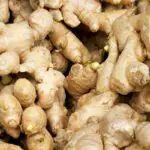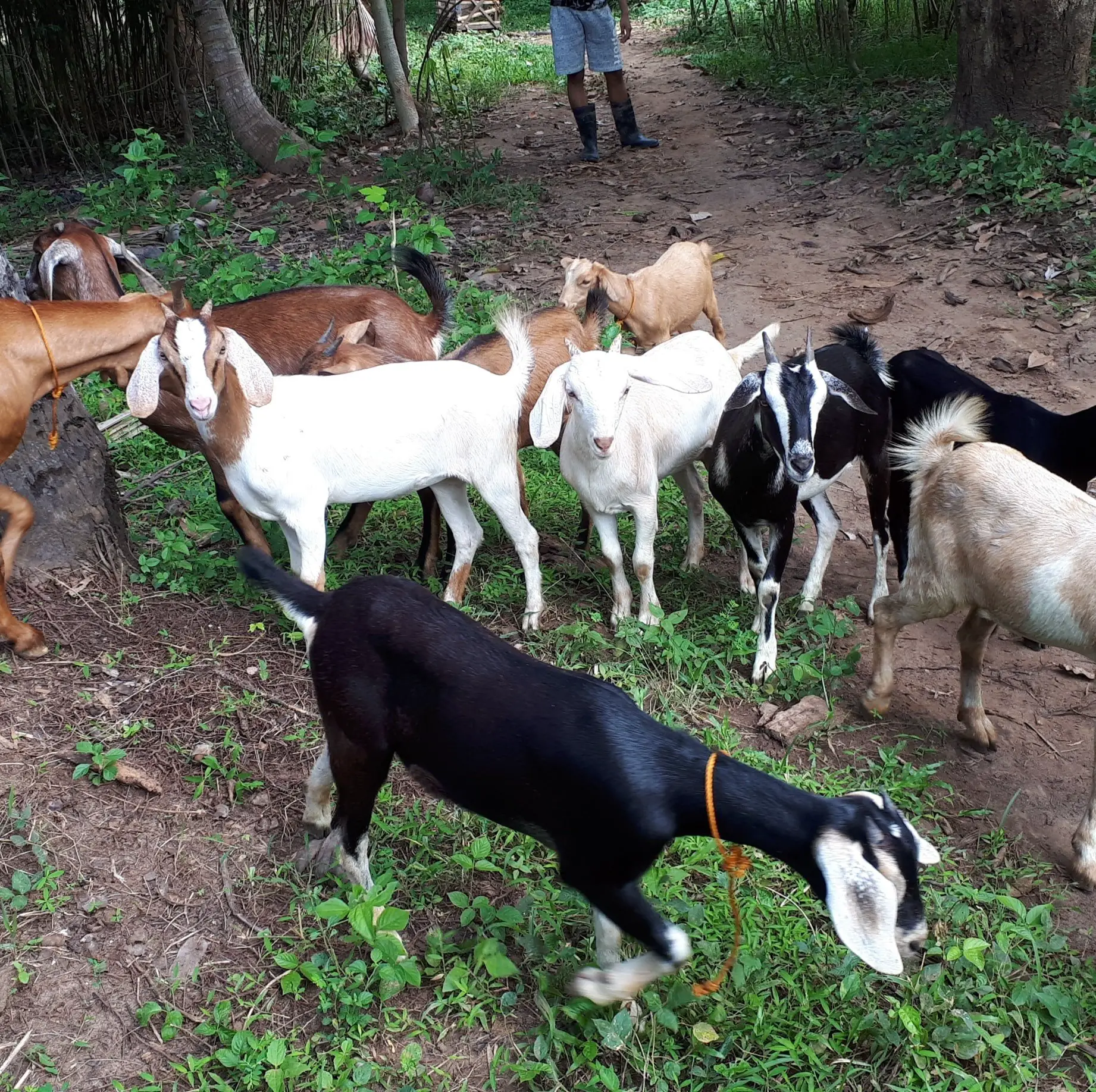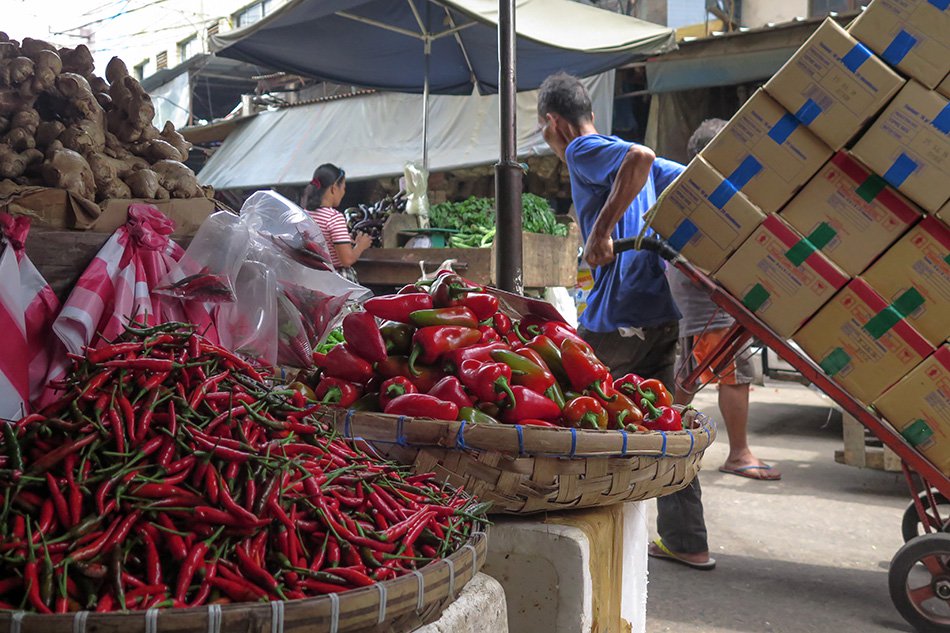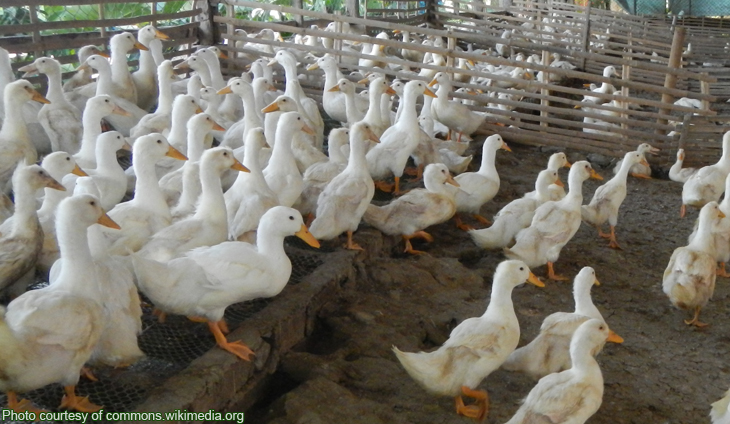Ginger is a Zingiberaceae family plant that grows in the tropics and subtropics. It is a rhizomatous herb grown for its aromatic, pungent, and savory underground stems or rhizomes, utilized in various culinary, medicinal, and cosmetic purposes.
Ginger is often used as a spice and flavoring element in various cuisines, including stir-fries, curries, soups, and marinades. Its flavor ranges from spicy and warming to sweet and somewhat woody, and it can be used fresh, dried, powdered, or pickled.
Ginger is also well-known for its therapeutic benefits due to the presence of bioactive chemicals such as gingerols, shogaols, and zingerones, which have antioxidant, anti-inflammatory, and antiemetic characteristics. Ginger has long been used to cure various diseases, such as nausea, vomiting, indigestion, inflammation, and respiratory infections.
Ginger is often utilized in cosmetic goods for its skin-soothing and anti-aging properties. It is added to skincare and haircare products to improve skin texture, tone, and overall health.
Table of Contents
Importance of ginger production
Ginger production is vital for its economic, health, culinary, and environmental benefits.
Economic importance
Because of its great value and high demand on a global scale, ginger is a crop that farmers are drawn to grow. Ginger production can give farmers significant cash while contributing to a region’s economic development.
Health benefits
Known for its anti-inflammatory and antioxidant qualities, ginger has several therapeutic benefits. It is often used to treat digestive issues, pain, and inflammation and to improve the immune system. Ginger is also utilized in alternative medicine to address several health issues.
Culinary uses
Ginger is essential in many cuisines, including Asian, Indian, and Middle Eastern. Its unique flavor and aroma make it a popular spice and flavoring agent in various dishes. As such, ginger production helps to supply a crucial ingredient to the food industry.
Job creation
Ginger production can create job opportunities in various stages of the production process, such as planting, harvesting, processing, and marketing. This can help to provide employment opportunities for people in rural areas.
Environmental benefits
Ginger is a crop that can be grown using organic farming methods, reducing the need for synthetic fertilizers and pesticides. It also requires less water than other crops, making it a sustainable crop choice.
Ginger production in the Philippines
Ginger is widely cultivated and grown in the Philippines, particularly in the regions with a warm and humid climate.
Bicol Region
The provinces of Camarines Sur, Albay, and Sorsogon are major ginger producers in the Bicol region.
Calabarzon
Cavite, Laguna, Batangas, Rizal, and Quezon provinces are also major ginger-producing areas in the Calabarzon region.
Central Visayas
The provinces of Bohol, Cebu, and Negros Oriental are also known for ginger cultivation.
Central Luzon
The provinces of Pampanga, Bulacan, and Nueva Ecija are among the major ginger producers in Central Luzon.
Mindanao
The island of Mindanao is also a significant ginger-producing region, with many farmers cultivating ginger in Davao, Bukidnon, and Lanao del Norte.
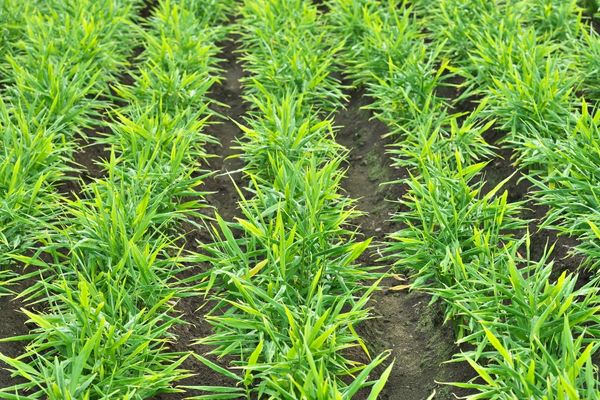
Ginger is a versatile crop that can grow in different soil types, but it thrives best in well-drained loamy soils with good organic matter. The Philippines’ warm and humid climate and its fertile soil make it an ideal location for ginger production.
Propagation and planting
1. Selection of suitable ginger varieties
Choose suitable ginger varieties based on their adaptability to growing conditions, yield potential, and disease resistance.
- Chinese Ginger (Zingiber officinale): This is the most common type of ginger and is widely grown commercially. It has a strong flavor, and high essential oil content and is popular in the food industry.
- Indian Ginger (Zingiber officinale): This variety is known for its medicinal properties and is commonly used in Ayurvedic medicine. It has a milder flavor compared to Chinese ginger.
- Yellow Ginger (Curcuma longa): Also known as turmeric, this variety is grown for its rhizomes, which are used as a spice and coloring agent in food.
- Galangal (Alpinia galanga): This ginger variety has a distinct, pungent flavor and is commonly used in Southeast Asian cuisine.
- Sand Ginger (Kaempferia galanga): This ginger variety is used in traditional medicine and has a unique flavor and aroma.
The most commonly cultivated ginger varieties in the Philippines are Chinese ginger (Zingiber officinale) and Indian ginger (Zingiber officinale). These varieties are well-suited to the country’s warm and humid climate and have a high demand in the local and export markets.
2. Preparing the planting site
Clear the planting site of weeds, rocks, and debris, and prepare the soil by loosening it and adding organic matter.
The quantity of land needed for ginger production varies based on numerous factors, including planting density, variety, and production system. The suggested planting density for ginger in the Philippines is 25 to 30 tons per hectare, which indicates that a hectare of land may produce 25 to 30 tons of ginger.
A ginger farmer would need at least one hectare of land to produce a considerable amount of ginger, assuming an average yield of 25 tons per hectare. Small-scale farmers, on the other hand, can grow ginger on smaller pieces of land, such as half a hectare or less. The precise area needed for ginger cultivation would be determined by various factors, including the farmer’s production goals, resources, and market availability.
3. Preparing the seed rhizomes
Select high-quality, disease-free ginger rhizomes that are plump, firm, and have several buds or eyes.
The Bureau of Plant Industry has a Plant Quarantine Service that regulates the importation and distribution of plant materials in the Philippines. You can check with the BPI if they have authorized suppliers or importers of ginger rhizomes for production purposes.
4. Pre-sprouting the seed rhizomes
Pre-sprout the seed rhizomes by soaking them in water for 12-24 hours, then placing them in a warm, moist area for several days to promote sprouting.
5. Planting the seed rhizomes
Plant the pre-sprouted seed rhizomes in furrows or holes, with the buds facing upward and covered with 2-3 inches of soil.
6. Mulching and irrigation
Mulch the planting bed with organic matter to retain moisture and suppress weed growth. Irrigate regularly to maintain soil moisture.
7. Fertilization and pest control
Apply fertilizers and pest control measures to ensure healthy growth and prevent diseases and pests.
- Crop rotation – Alternating ginger production with other crops can help prevent the buildup of pests and diseases in the soil.
- Use of organic pesticides – Organic pesticides such as neem oil, garlic extract, and chili pepper can be effective in controlling pests such as aphids, mites, and thrips.
- Use of chemical pesticides – Chemical pesticides can be used as a last resort to control pest infestations. However, they should be used in accordance with safety guidelines and regulations.
- Monitoring and early detection – Regularly monitoring ginger plants for signs of pest infestations can help detect and address problems early on.
- Proper sanitation – Keeping the planting area clean and free from debris can help prevent the buildup of pests and diseases.
- Use of resistant varieties – Planting ginger varieties that are resistant to common pests and diseases can help minimize the need for pest control measures.
- Biological control – Introduction of natural enemies such as predatory mites and beneficial insects can help control pest populations.
8. Harvesting
Harvest the ginger rhizomes after 8-10 months when the foliage turns yellow and starts to die back. Carefully dig up the rhizomes, clean them, and store them for further use or sale.
Common challenges in ginger production
Like other agricultural products, the production of ginger in the Philippines is also subject to several challenges.
Pest and disease infestations
Ginger plants are susceptible to pests and diseases such as nematodes, root-knot, bacterial wilt, and fungal infections. These can lead to reduced yields, poor-quality rhizomes, and crop losses.
Weather extremes
Extreme weather events such as droughts, floods, and storms can damage the ginger crop, disrupt the planting and harvesting schedules, and reduce yields.
Soil nutrient deficiencies
Ginger plants require adequate nutrients such as nitrogen, phosphorus, and potassium for growth and development. Nutrient deficiencies can lead to stunted growth, poor yields, and low-quality rhizomes.
Weeds and competition
Weed infestations can compete with ginger plants for nutrients, water, and sunlight, leading to reduced growth, yields, and quality.
Market fluctuations
Ginger is a cash crop, and market demand and prices can vary depending on the season, consumer preferences, and competition from other ginger producers. This can affect the profitability and sustainability of ginger production.
Labor availability and costs
Ginger production involves several labor-intensive tasks, such as planting, weeding, and harvesting, which can be challenging, especially during peak seasons. Labor availability and costs can significantly impact the profitability of ginger production.
Government assistance in the Philippines
Department of Agriculture (DA)
This is the primary agency responsible for promoting agriculture and rural development in the country. The DA provides various programs, services, and resources to support ginger production, including technical assistance, training, and access to credit and market information.
Bureau of Plant Industry (BPI)
The BPI is responsible for regulating and promoting the plant industry in the country. It provides technical support, quality control, and certification services for agricultural products, including ginger.
Agricultural Training Institute (ATI)
The ATI is the training and extension arm of the DA and provides capacity-building programs, seminars, and workshops to enhance farmers’ and other agriculture sector stakeholders’ knowledge and skills.
Philippine Council for Agriculture, Aquatic, and Natural Resources Research and Development (PCAARRD)
This government agency promotes and funds research and development projects in agriculture, aquatic, and natural resources. It provides funding for research and development projects related to ginger production and technology transfer and dissemination.
Local Government Units (LGUs)
The LGUs play a critical role in supporting ginger production at the grassroots level. They provide technical assistance, extension services, and access to market information and facilities to help farmers improve their productivity and income.




